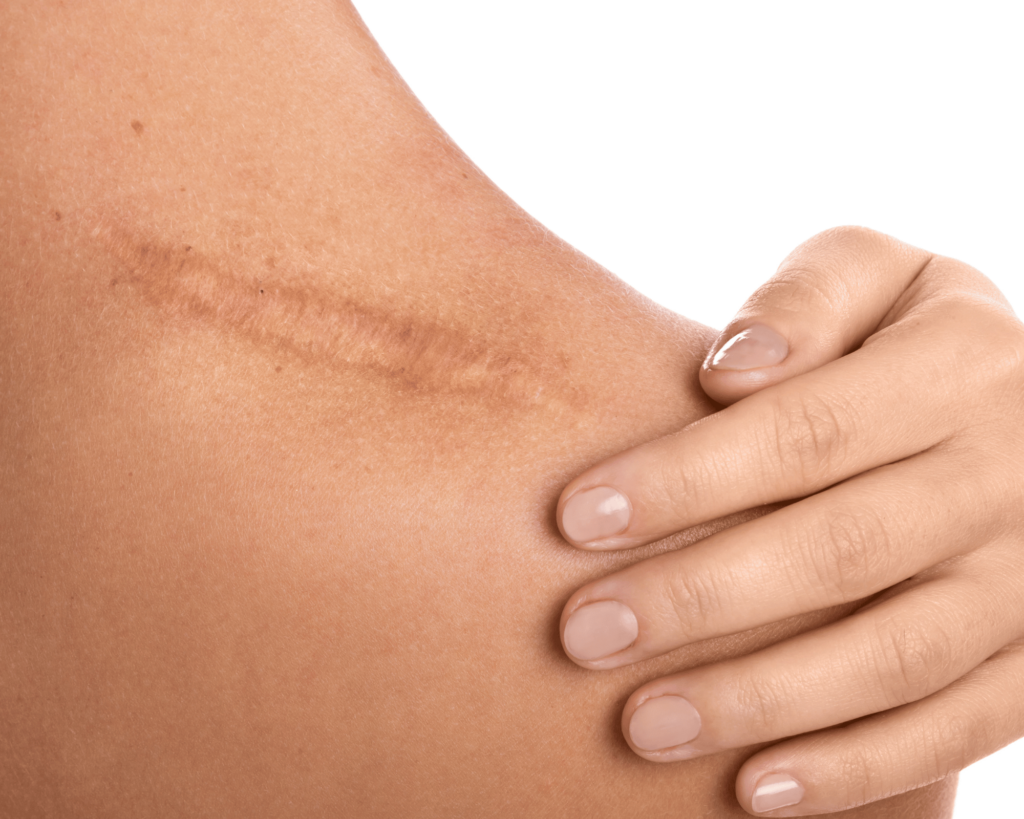Healing Edges: Navigating Excellence in Surgical Incisions
Surgical incisions are a crucial aspect of various medical procedures, but proper care and management are essential for optimal healing. Whether you’re recovering from a major surgery or a minor procedure, understanding how to navigate excellence in surgical incisions can significantly impact your recovery journey. In this article, we will explore effective strategies for post-operative care, scar management techniques, and tips for promoting optimal healing.

The Importance of Proper Post-Operative Care
Proper post-operative care plays a vital role in the healing process of surgical incisions. Here are some key strategies to help you navigate excellence in surgical incisions:
- Follow Medical Instructions: It is essential to carefully follow all post-operative instructions provided by your healthcare provider. These instructions may include wound care techniques, medication schedules, activity restrictions, and follow-up appointments.
- Keep the Incision Clean: Cleanliness is crucial in preventing infection. Follow the recommended cleaning routine for your incision, which may involve gentle cleaning with mild soap and water, and patting dry with a clean towel.
- Change Dressings Regularly: Depending on the type of surgery, your healthcare provider may instruct you to change dressings regularly. Ensure that you have a clean and sterile environment when changing dressings to minimize the risk of infection.
- Protect from Irritants: Avoid exposing the incision to irritants such as excessive moisture, chemicals, or rough fabrics. Protect the incision site by wearing loose, breathable clothing.
- Manage Pain and Discomfort: Following your healthcare provider’s recommendations, take prescribed pain medications as directed to manage post-operative pain and discomfort. If you experience any unusual or severe pain, contact your healthcare provider immediately.
Scar Management Techniques
Scar management is an important aspect of navigating excellence in surgical incisions. While scars are a natural part of the healing process, there are strategies and techniques to minimize their appearance and promote better healing outcomes. Here are some scar management techniques to consider:
- Keep the Incision Moisturized: Applying a gentle moisturizer or scar cream to the incision site can help keep the skin hydrated and minimize the risk of dryness or itching. Consult your healthcare provider for suitable products.
- Protect from Sun Exposure: Protect the incision area from sun exposure by applying sunscreen with a high SPF. UV rays can darken scars and make them more noticeable. Wear protective clothing or use a scarf or bandage to shield the incision from direct sunlight.
- Massage Therapy: Gently massaging the scar tissue can help break down collagen fibers and improve blood circulation, which may contribute to a less noticeable scar. Consult with your healthcare provider or a licensed massage therapist for proper scar massage techniques.
- Silicone Sheets or Gel: Silicone sheets or gel are commonly used in scar management. They create a protective barrier over the incision site, help flatten the scar, and reduce redness and itching. Follow your healthcare provider’s recommendations for usage.
- Laser Therapy: Laser therapy is a non-invasive procedure that uses targeted beams of light to break down scar tissue and stimulate collagen production. This treatment can reduce scar redness, texture, and overall appearance. Consult with a dermatologist or plastic surgeon for laser scar therapy options.
Promoting Optimal Healing
In addition to proper post-operative care and scar management techniques, several strategies can help promote optimal healing of surgical incisions:
- Maintain a Healthy Lifestyle: A healthy lifestyle supports the body’s natural healing processes. Eat a balanced diet rich in nutrients, stay hydrated, get enough restful sleep, and engage in regular physical activity as approved by your healthcare provider.
- Quit Smoking: Smoking can impair the healing process and increase the risk of complications. If you smoke, consider quitting or reducing smoking before and after surgery to promote better healing outcomes.
- Attend Follow-Up Appointments: Regular follow-up appointments with your healthcare provider are crucial for monitoring the healing progress of your surgical incision. Attend these appointments as scheduled and discuss any concerns or questions you may have.
- Practice Patience: Remember that healing takes time. Surgical incisions go through various stages of healing, and it may take several weeks or months for the scar to mature and fade. Be patient and give your body the time it needs to heal.
Visual Representation of Healing Process in Breast Reduction Surgery
Understanding the healing process after a breast reduction surgery can be facilitated with visual aids. The stages of recovery are distinct, and seeing real-life breast reduction images can offer you an idea of what to expect during your journey. These images can serve as a guide as they showcase the healing process post-surgery, the transformation over time, and what the final results could look like. However, remember that individual healing capabilities and experiences may vary. Always consult with your healthcare provider for personalized information and advice.
Navigating excellence in surgical incisions requires proper post-operative care, scar management techniques, and a commitment to promoting optimal healing. By following medical instructions, keeping the incision clean, protecting from irritants, managing pain, and implementing scar management strategies, you can enhance the healing process and minimize the appearance of scars. Remember to attend follow-up appointments, maintain a healthy lifestyle, and practice patience as your body heals. If you have any concerns or questions, do not hesitate to consult with your healthcare provider for guidance and support. With proper care and attention, you can promote optimal healing and achieve the best outcomes for your surgical incision.







